Augmented reality (AR) is a technology that enhances or modifies a user’s perception of the real world by superimposing digital content on top of it. This digital content can take the form of text, photos, audio, or video, and it can be viewed on a range of devices, including smartphones, tablets, and specialized glasses.
AR is distinct from Virtual Reality (VR), a technology that provides a fully immersive digital environment that replaces the user’s experience of the actual world. While VR typically requires the use of specialized equipment, such as a headset, AR may be accessed via a number of devices and does not demand the user being totally immersed in a digital environment. AR and VR are part of a superset called Extended Reality (ER).
AR technology has numerous applications, including entertainment, education, and industry. AR games and applications, for example, can give an engaging and immersive experience, whereas AR tools can be used to visualize and engage with 3D models or simulations in sectors like as architecture, engineering, and medical. 📲
Here are 20 potential use cases for augmented reality (AR) in the modern world:
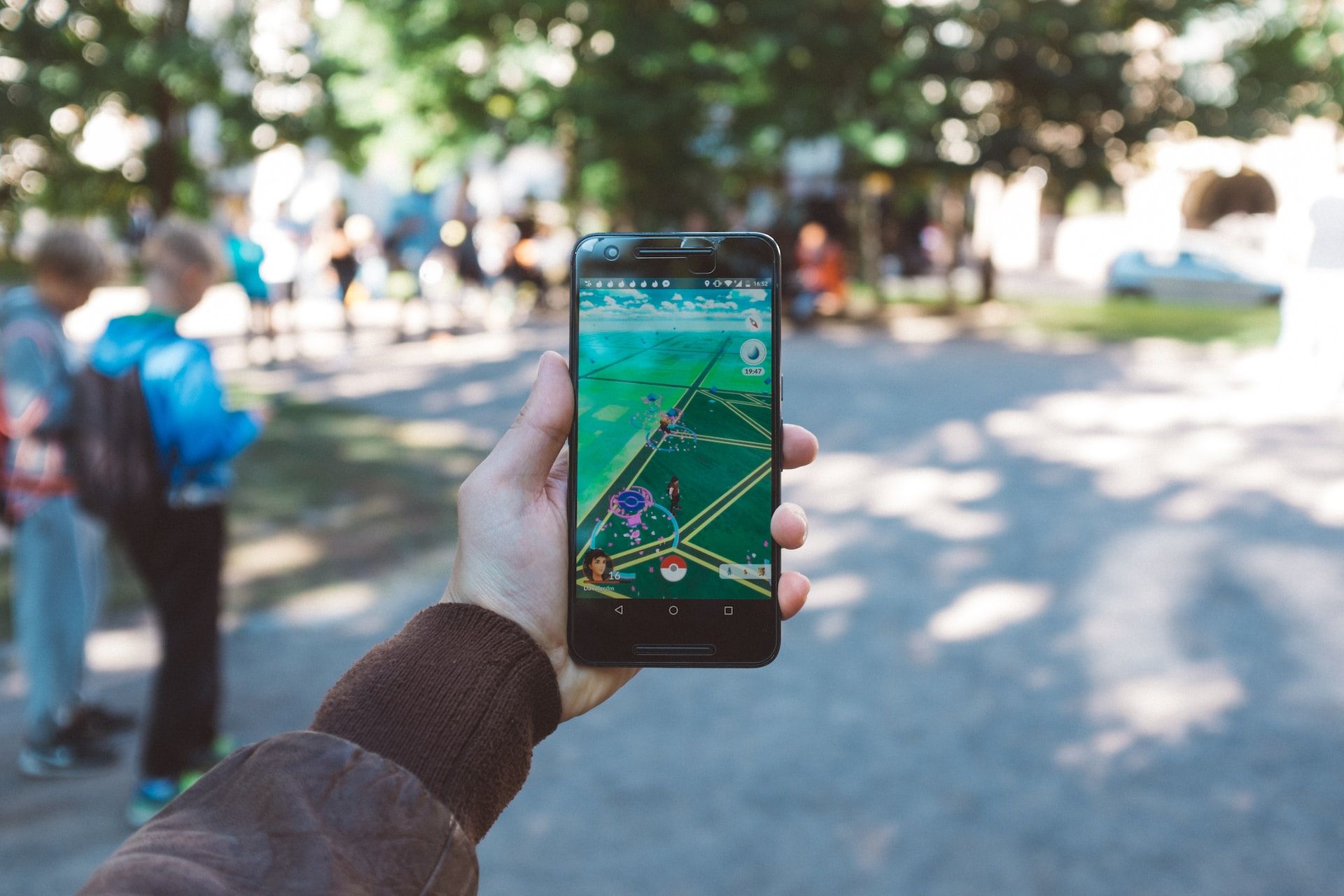
#1. Gaming
AR games and apps provide an interactive and immersive experience for users. There are already a variety of AR games available, ranging from simple mobile games to more complex console and PC games. Some examples of AR games include:
- Pokémon Go: This popular mobile game employs augmented reality (AR) technology to allow users to capture virtual Pokémon in the real world using their smartphone camera and GPS. You may have heard about it or even played it in person. When this game was released in the 1990s, many kids were excited (and probably hooked).
- Ingress: This smartphone game utilizes augmented reality to create a multiplayer experience in which players compete to control virtual portals in real-world locales. I played this back in 2016, long before AR became popular with the release of Pokémon Go, both of which were made by Niantic Labs. I’ve attended meetups with various factions and witnessed outrageously large multi-country portal connections.
- The Room: This mobile puzzle game incorporates augmented reality (AR) to allow players to control virtual objects in the real world in order to solve puzzles.
- Minecraft Earth: This smartphone game uses augmented reality to allow users to construct and explore virtual creations in the real world.
- Ghost Recon: Wildlands: This console and PC game utilizes augmented reality to enable players to interact with virtual items and characters in the real world.
#2. Education
AR can help students learn more effectively by allowing them to visualize and interact with 3D models or simulations. Here are some examples of how AR could be used in education:
- Visualizing 3D models: Show 3D models of items or structures that students may interact with and investigate from various viewpoints.
- Real-world phenomenon simulation: Create simulations of real-world phenomena, such as weather patterns or historical events, to help students better understand these ideas.
- Improving lectures: Include extra material or interactive components in lectures to make them more engaging for students.
- Creating interactive experiences: Develop interactive experiences, such as virtual field excursions or lab simulations, that allow students to explore and learn about new topics.
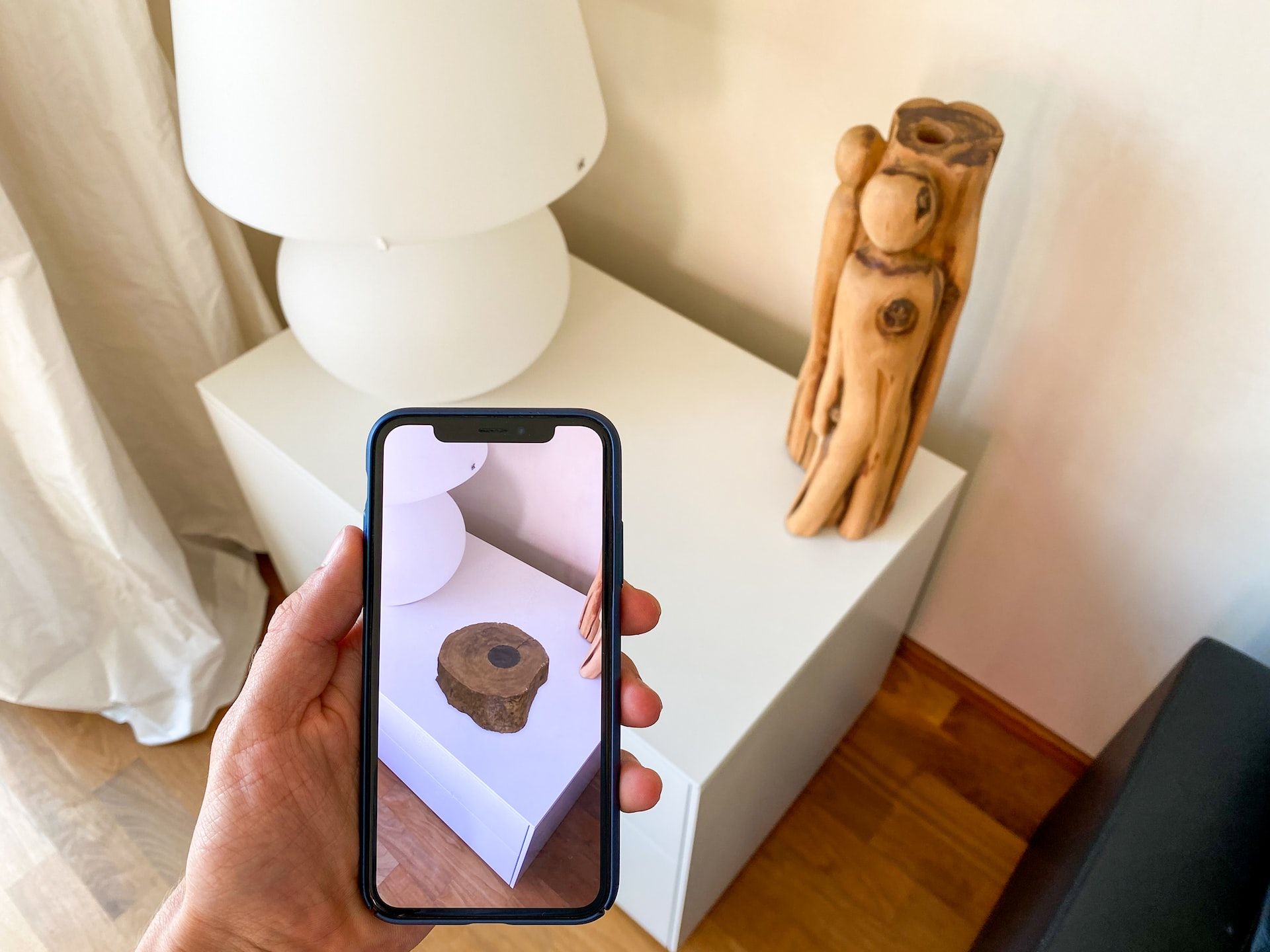
#3. Retail
AR can be used to virtually try on clothes or makeup, as well as to picture how furniture would look in a room. Here are some examples of how AR could be used in retail:
- Virtual try-on: Allow customers to digitally try on clothes, shoes, or accessories before purchasing them.
- Product visualization: Allow customers to see how things, such as furniture or home decor, will look in their house before purchasing them.
- Product demonstrations: Provide consumers with interactive product demonstrations or tutorials.
- Personalized suggestions: Provide clients with personalized product recommendations based on their preferences or previous purchases.

#4. Medicine
AR can be used to visualize medical pictures and data, as well as for surgical training and planning. Here are some potential applications for AR in medicine:
- Visualization of medical images: Display medical images in 3D, such as CT scans or MRI scans, to help clinicians better comprehend and diagnose diseases.
- Surgical planning and training: Surgeons can plan and practice procedures by visualizing and interacting with 3D representations of anatomy.
- Medical education: Give medical students interactive and immersive learning experiences.
- Patient communication: Provide visual explanations of their diseases or therapies to patients.
- Remote consultations: Allow doctors to examine and interact with medical images or patient data from a remote location during consultations.
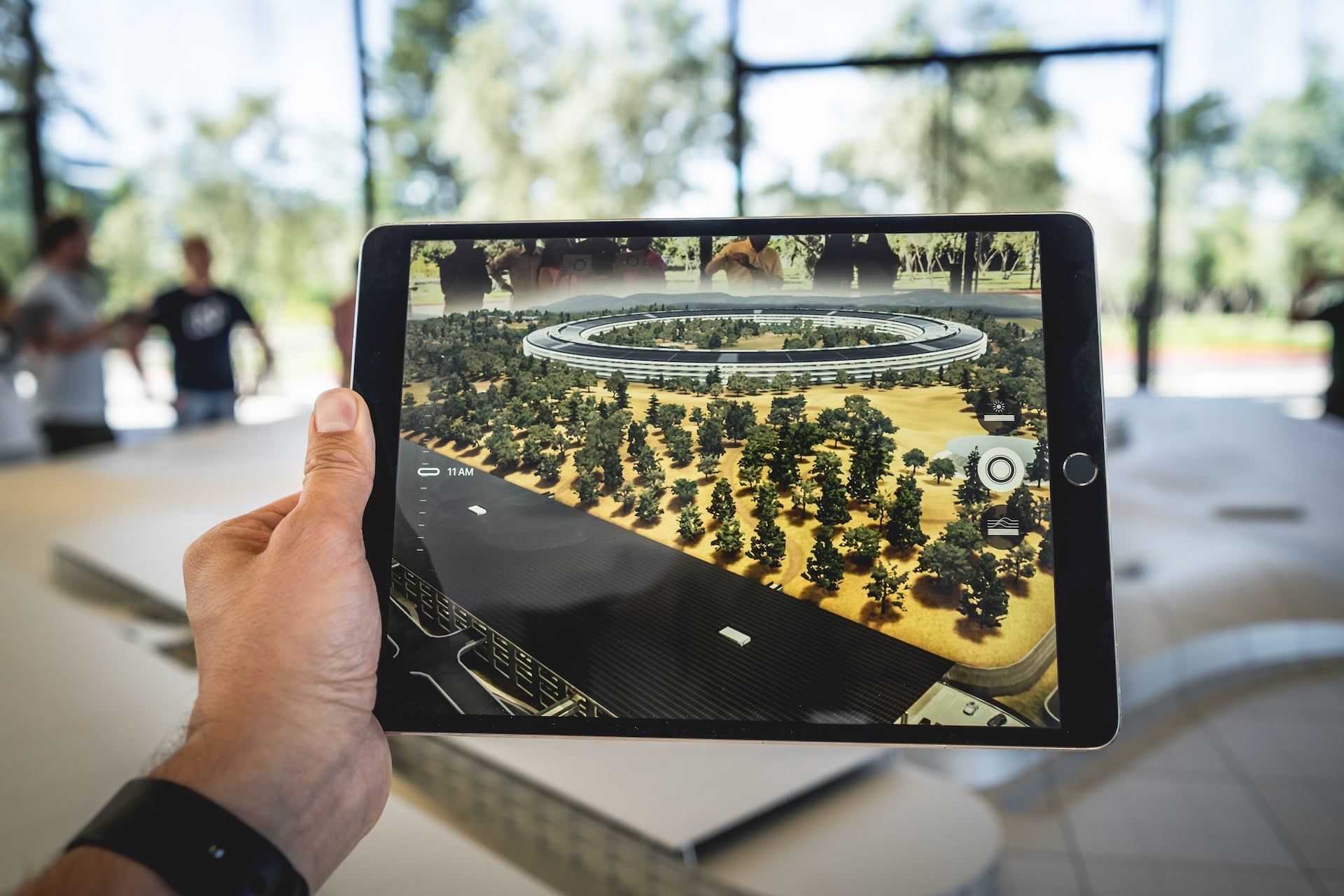
#5. Architecture and engineering
3D models of buildings or constructions can be visualized and interacted with using augmented reality. Here are some examples of how AR could be used in architecture and engineering:
- Design visualization: During the design process, architects and engineers can visualize and interact with 3D models of buildings or structures, allowing them to make adjustments and assess the impact of alternative design decisions.
- Construction planning: Visualize and interact with 3D representations of construction sites, allowing contractors to more effectively plan and coordinate work.
- Building inspections: During inspections, visualize and interact with 3D models of buildings or structures, allowing engineers to more readily discover and assess concerns.
- Maintenance and repair: Visualize and interact with 3D models of buildings or structures during maintenance or repair work, allowing workers to better understand the layout and components of the structure.
#6. Advertising
AR can be utilized to develop interactive and engaging advertising campaigns. Here are some examples of how AR could be used in advertising:
- Product demonstrations: Give potential buyers interactive product demonstrations or tutorials.
- Virtual try-on: Allow potential buyers to try on virtual clothes, makeup, or accessories before purchasing.
- Product visualization: Allow prospective clients to see how things, such as furniture or home decor, might look in their house before purchasing.
- Interactive experiences: To engage potential customers, create interactive experiences such as virtual events or contests.
- Customized product recommendations: Make personalized product recommendations to prospective clients based on their tastes or previous purchases.
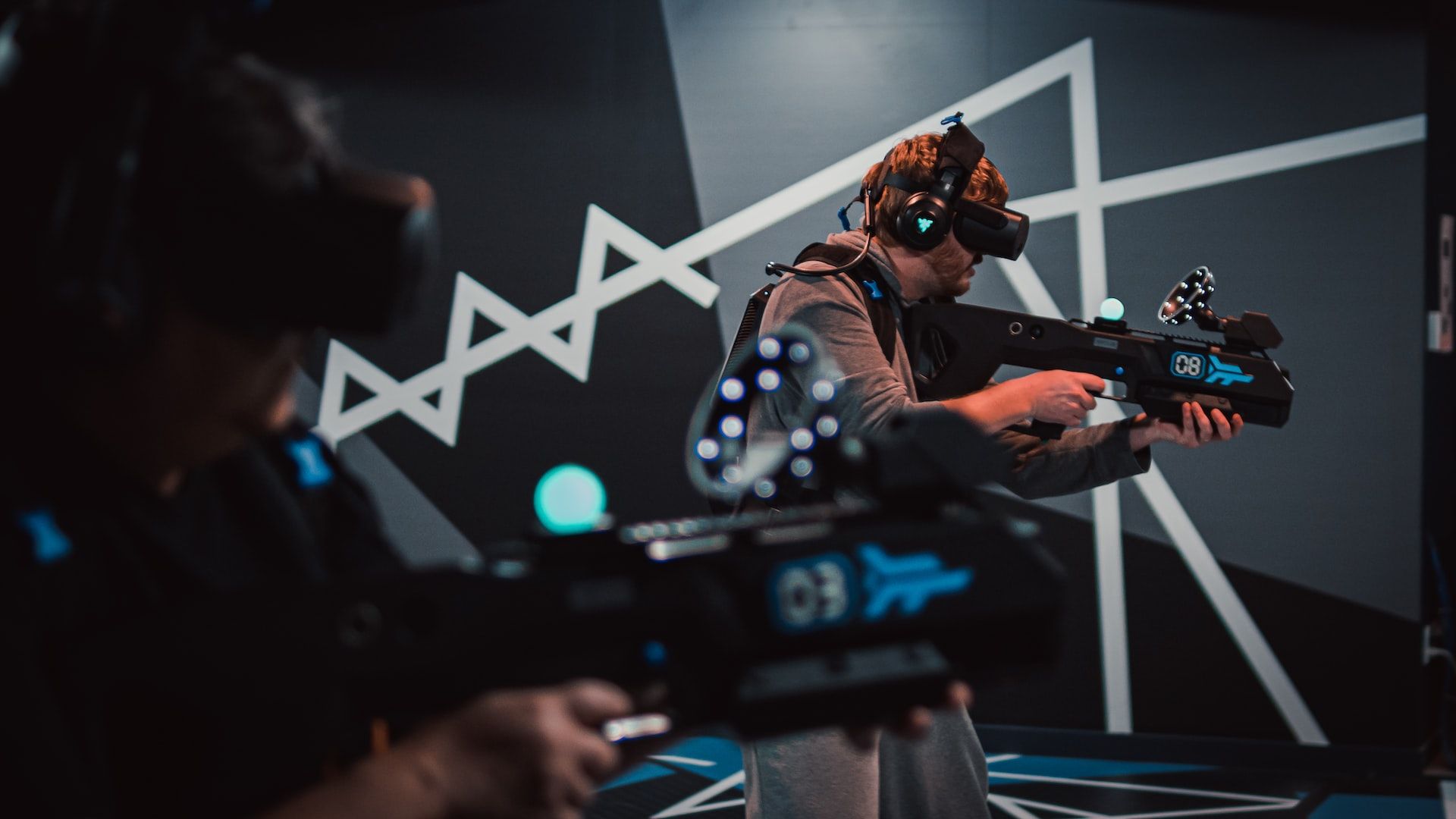
#7. Military
AR can be utilized to deliver real-time situational awareness and training simulations to soldiers. Here are some examples of how AR could be used in the military:
- Training: Provide military personnel with immersive training simulations.
- Mission planning: During mission planning, visualize and interact with 3D models of equipment, topography, and other pertinent information.
- Maintenance and repair: Visualize and interact with 3D models of equipment while performing maintenance or repair work, allowing military personnel to gain a better understanding of the layout and components of the equipment.
- Combat: Provide soldiers with real-time information about their environment, such as opposing combatants’ or obstacles’ whereabouts.
- Search and rescue: Provide search and rescue teams with real-time information about their surroundings, such as the location of survivors or hazards.
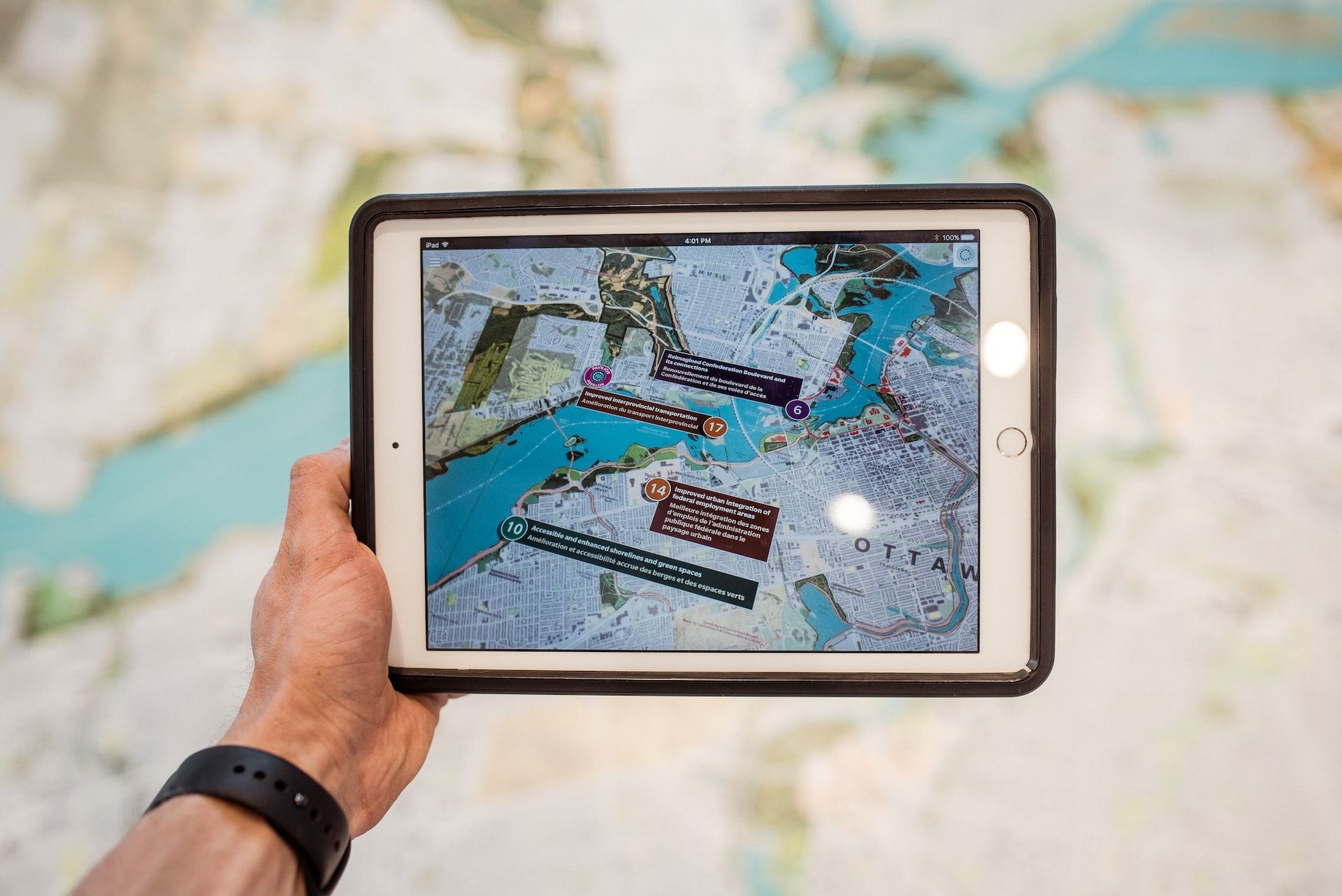
#8. Transportation
AR can be used to provide navigation instructions or alerts to drivers or pilots. Here are some potential ways that AR can be used in transportation:
- Vehicle maintenance: Visualize and interact with 3D models of vehicles during maintenance or repair work, allowing mechanics to better understand the layout and components of the vehicles.
- Navigation: Provide drivers with real-time navigation information, such as traffic updates or the location of nearby landmarks.
- Public transportation: Provide passengers with real-time information about their surroundings, such as the location of nearby amenities or the status of their transportation.
- Infrastructure maintenance: Visualize and interact with 3D models of infrastructure, such as roads or bridges, during maintenance or repair work, allowing workers to better understand the layout and components of the infrastructure.
- Traffic analysis: Visualize and interact with 3D models of traffic patterns and infrastructure, allowing engineers to analyze and optimize traffic flow.
#9. Manufacturing
AR can be used to visualize and interact with 3D models or simulations during the design and production process. Here are some potential ways that AR can be used in manufacturing:
- Product design: Visualize and interact with 3D models of products during the design process, allowing designers to make changes and assess the impact of different design choices.
- Production planning: Visualize and interact with 3D models of production processes, allowing managers to plan and coordinate work more effectively.
- Quality control: Visualize and interact with 3D models of products during quality control inspections, allowing workers to more easily identify and assess issues.
- Maintenance and repair: Visualize and interact with 3D models of equipment during maintenance or repair work, allowing workers to better understand the layout and components of the equipment.
- Training: Provide immersive training simulations for manufacturing personnel.
#10. Art
AR can be used to display digital artwork in physical spaces. Here are some potential ways that AR can be used in art:
- Interactive installations: Create interactive installations that allow viewers to interact with virtual elements or elements in the physical world.
- Virtual exhibitions: Create virtual exhibitions that allow viewers to browse and interact with artworks in a virtual environment.
- Performance art: Enhance or interact with live performance art, such as dance or theater.
- Digital art: Display digital art in the physical world, allowing viewers to interact with the art in a new way.
- Interactive storytelling: Create interactive stories or experiences that allow viewers to become part of the story.
#11. Entertainment
AR can be used to enhance live performances or events. Here are some potential ways that AR can be used in entertainment:
- Interactive movies or TV shows: Create interactive movies or TV shows that allow viewers to interact with the story or characters.
- Virtual concerts: Create virtual concerts that allow viewers to experience live music in a virtual environment.
- Interactive games: Create interactive games that allow players to interact with virtual elements in the real world.
- Virtual theme parks: Create virtual theme parks that allow visitors to experience rides and attractions in a virtual environment.
- Virtual reality escape rooms: Create virtual reality escape rooms that allow players to solve puzzles and escape a virtual environment.
#12. Museums and galleries
AR can be used to provide additional information or interactive experiences for visitors. Here are some potential ways that AR can be used in museums and galleries:
- Interactive exhibits: Create interactive exhibits that allow visitors to learn and interact with the exhibits in a more engaging way.
- Virtual tours: Create virtual tours that allow visitors to explore museums or galleries from a distance.
- Virtual exhibitions: Create virtual exhibitions that allow visitors to browse and interact with artworks in a virtual environment.
- Art education: Provide interactive art education experiences, such as virtual tours or lessons.
- Virtual reality experiences: Create virtual reality experiences that allow visitors to experience museum or gallery exhibits.
#13. Sports
AR can be used to provide instant replay or statistics to viewers. Here are some potential ways that AR can be used in sports:
- Instant replay: Provide instant replay of sporting events, allowing viewers to see plays from different angles or to see plays in slow motion.
- Virtual scoreboard: Display a virtual scoreboard that provides real-time updates of the game.
- Player statistics: Display player statistics during a game, allowing viewers to see more information about the players.
- Virtual advertisements: Display virtual advertisements during sporting events, allowing advertisers to reach a larger audience.
- Virtual reality training: Provide virtual reality training for athletes, allowing them to practice and improve their skills.
#14. Real estate
AR can be used to visualize properties or renovations. Here are some potential ways that AR can be used in real estate:
- Virtual tours: Create virtual tours of properties that allow potential buyers to explore the property from a distance.
- Furniture visualization: Allow potential buyers to visualize how furniture or other items would look in a particular space.
- Design visualization: Allow potential buyers to visualize design changes or renovations to a property.
- Property staging: Allow real estate agents to stage properties virtually, allowing potential buyers to see how the property would look with different furnishings or decorations.
- Virtual reality open houses: Create virtual reality open houses that allow potential buyers to experience the property.
#15. Landscaping
AR can be used to visualize how plants or other features would look in a given space. Here are some potential ways that AR can be used in landscaping:
- Design visualization: Allow clients to visualize different landscaping design choices or changes to their property.
- Garden design: Create virtual reality garden design that allows clients to experience different garden design choices.
- Landscaping: Create virtual reality landscaping that allows clients to experience different landscaping design choices.
- Property visualization: Create virtual reality property visualization that allows clients to experience their property with different landscaping design choices.
- Landscape design: Create virtual reality landscape design that allows clients to experience different landscape design choices.

#16. Interior design and #17. Home Improvement
AR can be used to visualize how furniture or other items would look in a room and how renovations or repairs would look like using life-size scales. Here are some potential ways that AR can be used in interior design:
- Design visualization: Provide clients with the ability to envision various design options or alterations to their environments.
- Furniture visualization: Allow clients to see how various pieces of furniture or decor would look in their rooms.
- Interior design: Create a virtual reality interior design that allows clients to try out various design options.
- Virtual reality room design: Create a virtual reality room design that allows clients to explore various design possibilities for specific rooms in their premises.
- Home improvement: Create a virtual reality home improvement that allows homeowners to check out several design alternatives or enhancements.
- Property visualization: Create virtual reality property visualizations for clients to see their premises with many design ideas.
#18. Fashion
AR can be used to try on virtual clothing or accessories. Here are some potential ways that AR can be used in fashion:
- Virtual try-on: Allow customers to virtually try on clothes and accessories, allowing them to see how different items would look on them without having to physically try them on.
- Virtual fashion shows: Create virtual fashion shows that allow customers to experience fashion shows.
- Virtual reality fashion design: Create virtual reality fashion design that allows customers to experience different fashion design choices.
- Fashion visualization: Create virtual reality fashion visualization that allows customers to experience different fashion choices.
#19. Cooking
AR can be used to visualize recipes or provide step-by-step instructions. Here are some potential ways that AR can be used in cooking:
- Virtual recipe visualization: Allow chefs and home cooks to visualize different recipe steps or ingredients in a more interactive way.
- Virtual reality cooking: Create virtual reality cooking that allows chefs and home cooks to experience different cooking techniques or recipes
- Virtual reality recipe visualization: Create virtual reality recipe visualization that allows chefs and home cooks to experience different recipes
- Virtual reality cooking education: Create virtual reality cooking education that allows chefs and home cooks to learn about different cooking techniques
#20. Travel
AR can be used to give tourists with information or recommendations. Here are some potential applications for augmented reality in travel:
- Virtual tourism: Allows travelers to visit diverse locations virtually.
- Virtual reality travel planning: Develop virtual reality travel planning to enable tourists to plan and design their travel experiences.
- Virtual reality travel visualization: Create a virtual reality trip visualization that allows tourists to simulate various travel experiences.
- Virtual reality travel education: Develop virtual reality travel education to teach travelers about various destinations and cultures.
AR technology has the potential to revolutionize a wide range of industries by providing new tools for creating immersive and interactive experiences. However, there are also drawbacks to AR, including cost, compatibility, complexity, privacy concerns, health risks, limited adoption, limited content, and limited accuracy.
In summary, augmented reality (AR) is an exciting and emerging technology that has the potential to transform the way we interact with the world around us. As AR technology advances, we should expect to see more and more innovative applications in a variety of industries.
Have some awesome ideas about AR? 💡 Feel free to let us know on the comments section below. 👇🏻